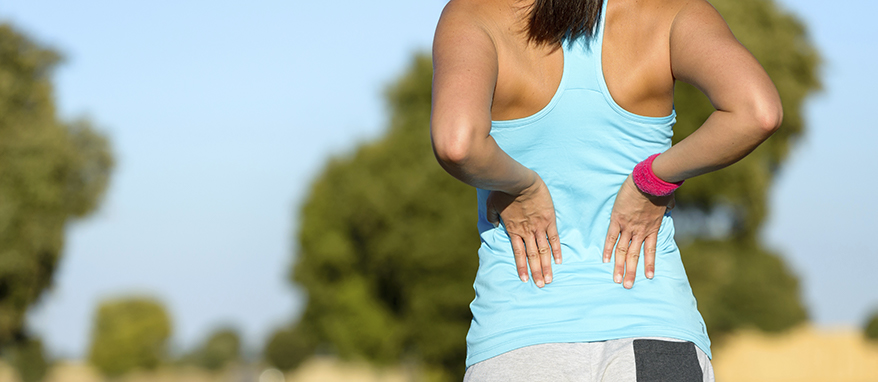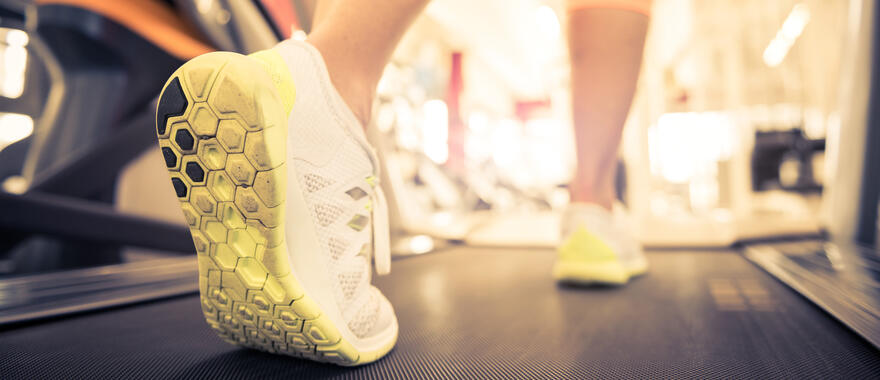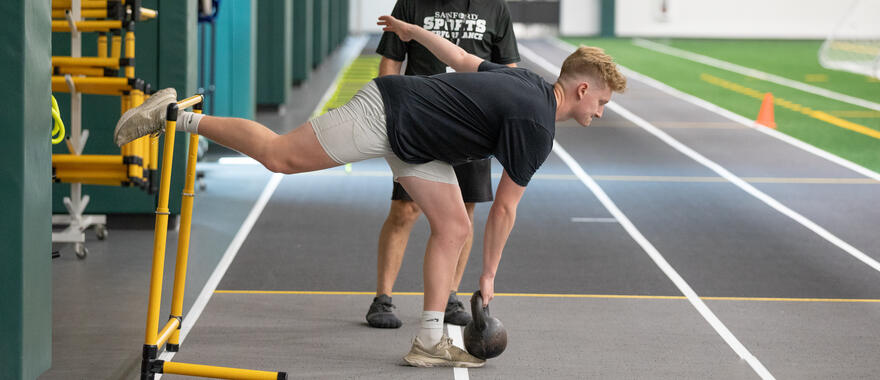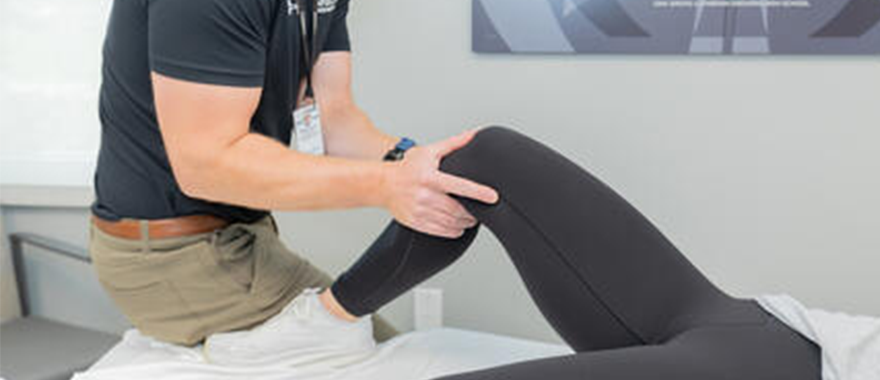Tips for managing lower back pain

Posted: September 16, 2024
Lower back pain can be debilitating, but learning how to manage and relieve it will help you get back to the activities you love quicker.
Home and garden activities
Incorporating moderate physical activity around your home can be beneficial for managing lower back pain.
Splitting household chores into smaller tasks and using proper lifting form can help minimize pain.
Using elevated garden beds and ergonomic tools can reduce strain on your lower back. A kneeling pad can further reduce stress to your legs and back.
Professional support
Working with a professional who can provide personalized strategies and support for managing lower back pain is also an option.
A physical therapist will create a program with techniques that alleviate pain and improve function. They’ll also teach you strategies to help you move more safely and comfortably.
A strength and conditioning coach will design a plan that aligns with your individual goals and capabilities. They’ll monitor your progress and adjust your program as needed.
Exercises to relieve lower back pain
Cardiovascular exercises
Regular cardiovascular exercise helps reduce lower back pain and improve your overall health.
Low-impact activities like walking, swimming and cycling won’t put excessive strain on your back. You can also enhance blood flow and loosen tight muscles with a daily walk.
Graded activities that slowly increase the intensity and duration of exercises can help build strength and endurance while reducing pain over time.
Strengthening exercises
Targeted strengthening exercises support your spine and reduce pain.
Core strengthening exercises like planks and bridges provide better support for your lower back. Incorporating a few sets of these exercises into your routine can significantly enhance your core.
Back strengthening exercises such as back extensions and rows can strengthen the muscles directly supporting your spine. These exercises help build a strong support system around your lower back.
FAQ
Q: What causes lower back pain?
A: This question can be answered two ways.
What structures in the back cause pain? The most common are muscles, ligaments, discs and nerves. They can heal without injections or surgeries. Lower back pain can also be referred pain from internal organs and cancers, but these cases are rare (less than 1%) and can be ruled out by a screening from a qualified medical practitioner.
What activities or positions cause back pain? There are no activities or positions that are more likely to cause back pain. Certain positions load the structures more than others and can cause changes in the tissues over time. But having these changes will not cause someone to experience pain.
Q: Is it better to sit or lie down with lower back pain?
A: People with lower back pain may find certain positions ease their pain. For some, it’s sitting or lying down. But for others, it may be difficult to stay in any one position. These people may find that walking feels better.
Q: What should you avoid with lower back pain?
A: Avoid pushing through pain. This may cause it to worsen. But don’t avoid movement because it’s uncomfortable. Avoiding movement until the pain is gone can slow down the healing process. A physical therapist can develop a plan that allows a gradual and safe return to activity.
Q: What does lower back pain affect?
A: Lower back pain has physical and mental affects, but even in cases of severe back pain, most episodes will improve with time and treatment. It’s possible to return to daily life safely and without long-term damage or pain.
If you’re struggling with lower back pain, try incorporating these tips into your daily routine. For additional support, consider physical therapy or strength and conditioning programs at Sanford Sports.




